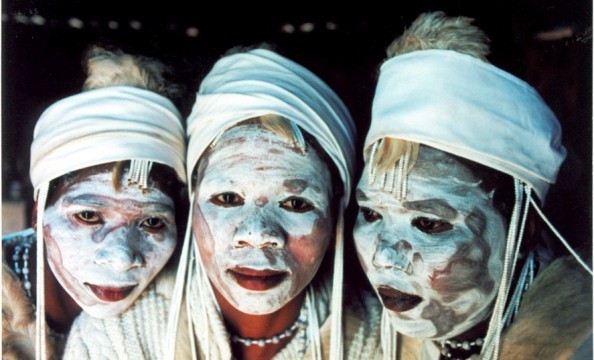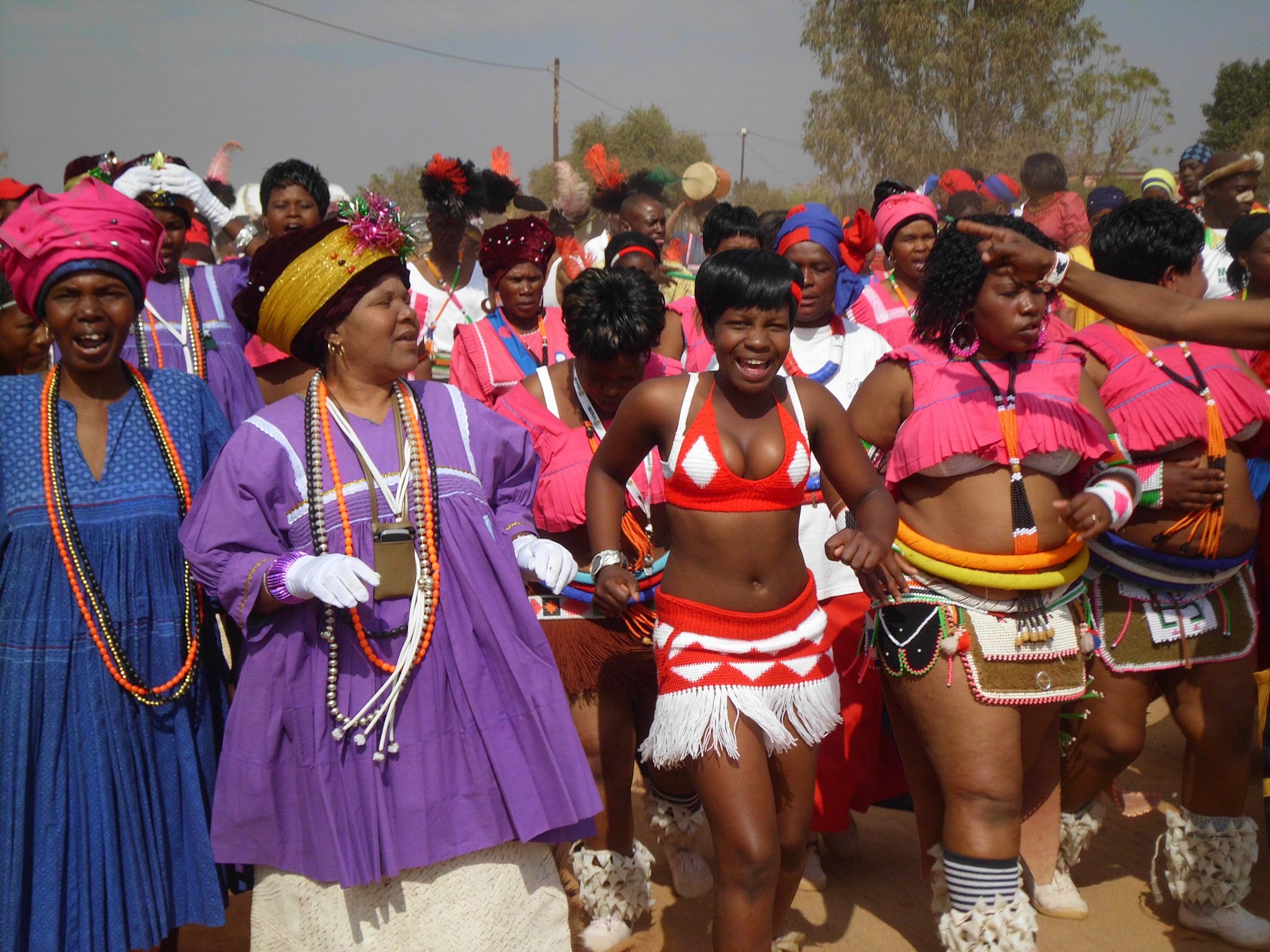Africa is known for the unique and diversified culture of its different people. And among these is the very interesting group of people called Sotho. They are divided into three groups: The Northern Sotho (Pedi), Southern Sotho, and the Tswana (Batswana). These groupings happened due to various events in the course of histories like wars, invasions and the change of leaders. In the end, most of these people are now living in South Africa. Sotho (South Sotho or Basotho) people are concentrated in the Free State, Gauteng, and Eastern Cape Provinces, with small groups in Namibia and Zambia.
Where Sotho People Came From
Early Sotho origins and history are largely unknown, but Ironworkers, who were probably Sotho-speakers, were at Phalaborwa from the eighth century and at Melville Koppies in the Johannesburg area from the eleventh century. Oral tradition has it that the founding lineage knew the art of smelting which has ancient ritual dances associated with it. It also says that the first human was found in a reed river Ntswanatsatsi. These are a few of the folklores told to the younger generation, which encourages them to appreciate history culture and tradition.

Like many other ethnic groups in Africa, Sotho people are living according to different clans and villages with their chief. Their livelihood was based on hunting, cultivating crops, and smelting iron. Another interesting thing about Sotho people is their complex way of organizing their villages. Accordingly, each village was organized according to age-set and each had different responsibilities to cover. Thus, their community could function more effectively because different tasks were properly assigned.
Sotho Culture and Traditional Attire

Polygamy was a common practice especially by the elite class of the population. Men are considered as the head of the family and women are the farmers and bearers of children. Respect for elders is encouraged to children. Girls are trained from childhood to respect the males and perform their traditional wifely and motherly duties. And in terms of their religion, many believed Modimo as their Supreme Being. However, people eventually embraced Christianity either Protestant or Catholic especially nowadays.
In terms of traditional attire, Sotho people are very well-known for wearing colorful blankets often used instead of jackets. These are beautiful and so well crafted. Bead-work, sewing, pottery, and weaving are very common activities to make other functional items for their own use.
Sotho Language

Sotho is the language used by the Sotho people and now it is one among the eleven languages used in South Africa. It has different suffixes and prefixes in a sentence construction. Thus, the sound often changes which make the language known as an agglutinative language. At the present time, the Sotho language has two spelling system. One is used in Lesotho and the one is used in South Africa like Khosto is also spelt as Kgosto. Moreover, Sotho is really a remarkable language because it is one among the first written languages in Africa. Actually, the first novel published in South Africa called Chakka was written in Sotho made by Thomas Mofolo.
See Also: Venda People, Culture, and Language
Food
There is little difference in Sotho foods and contemporary South African food. Like in many other SA ethnic groups, the Sothos have their staple food as maize which is used to make varieties of food. They also make meals out of natural milk. Sotho people enjoy meats from chicken, lamb, and cow.
All these facts only prove that the Sotho people have a very rich culture from their ancestors up to this present time. They may have become modernize nowadays; however, history will trace different stories that will paint how far they have come from how their lives used to be. After all, the challenges that the ancient Sotho people have faced only paved the way to a better lifestyle and culture that will truly enhance their way of life and make them a more relevant people to South Africa as a nation.
